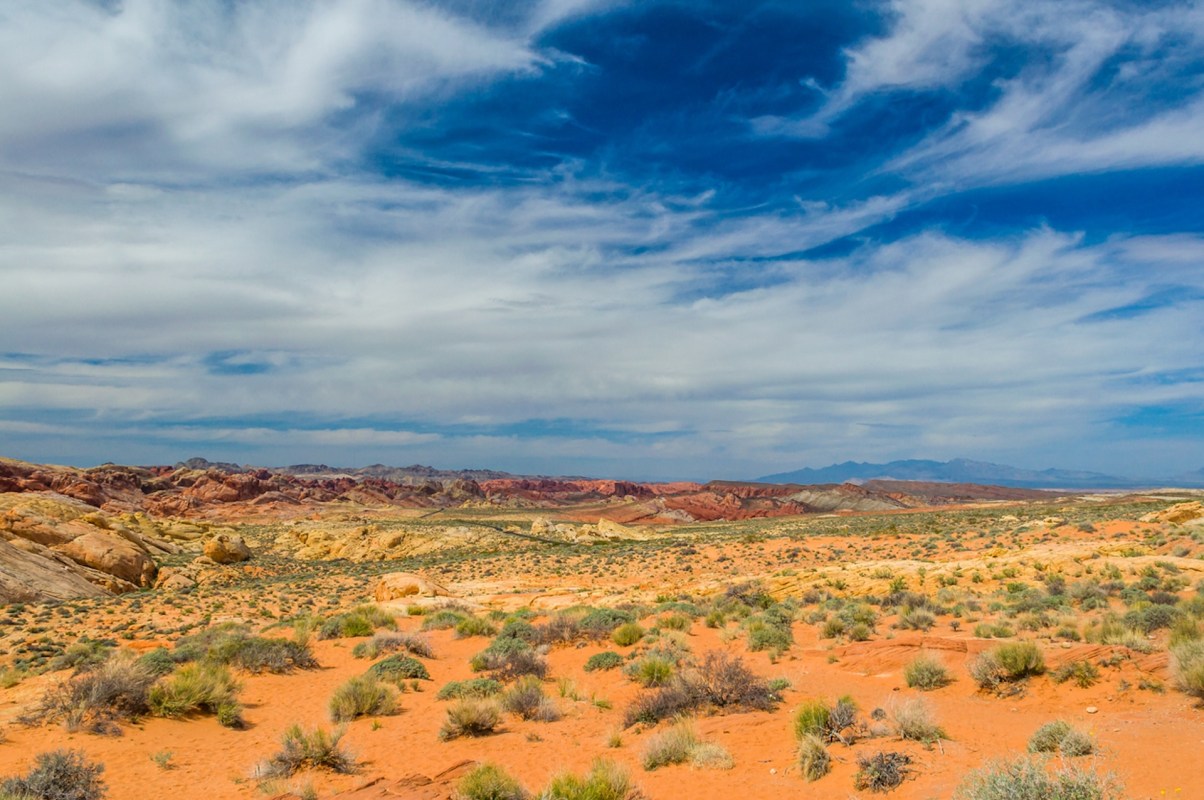The Biden administration is expanding solar projects in the wild, wild West.
A recently announced expansion of the Western Solar Plan identifies 22 million acres of federal lands across 11 Western states for possible solar energy development.
The original 2012 plan focused on six states: Arizona, California, Colorado, Nevada, New Mexico, and Utah. The update brings Idaho, Montana, Oregon, Washington, and Wyoming into the mix because the sun shines on northern states, too, and there has been increased interest in solar development in the North.
The Bureau of Land Management and the Department of Energy's National Renewable Energy Laboratory determined that 700,000 acres of public land will be needed for solar energy over the next 20 years. The BLM's recommended 22 million acres provide "maximum flexibility" to achieve that goal.
The new plan zeros in on lands within 10 miles of existing or planned transmission lines while excluding 126 million acres from development to avoid issues with critical wildlife habitats, recreation areas, historic places, and old-growth forests.
"BLM's proposal is a big step in the right direction and recognizes the key role solar plays in our energy economy," said Ben Norris, vice president of regulatory affairs at the Solar Energy Industries Association, per an Electrek article.
"Great news for the energy industry," one person commented on the Electrek article, and we absolutely agree — this is great news.
The updated plan is another step in the right direction away from our dependence on dirty energy sources like coal, oil, and natural gas (methane). The toxic gases created by burning these fuels act like a pollution blanket overheating the Earth, resulting in more extreme weather events and devastating impacts on ecosystems worldwide.
However, renewable energy sources like solar, wind, and hydro are more affordable and significantly cleaner options. Investing in those emerging technologies is vital to cooling down our planet.
Luckily, the BLM has approved 47 clean energy projects during the Biden administration, which could provide energy for more than 3.5 million homes, according to Reuters.
Join our free newsletter for cool news and actionable info that makes it easy to help yourself while helping the planet.









